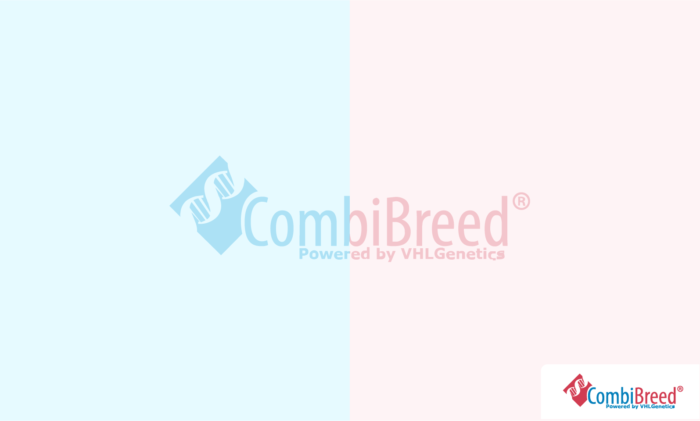
€57,48 €47,50 excl. VAT
Von Willebrand Disease (vWD) is a group of bleeding disorders caused by deficiency in the von Willebrand factor (vWF), which results in poorly functioning blood platelets and can lead to uncontrolled bleeding.
10 working days
From €5,95 shipping and administration per order (incl. VAT)
Specifications
| Breeds | Barbet, Berger de Beauce, Cockapoo, Danish-Swedish Farmdog, Drentsche Patrijshond, German Pinscher, Grand Basset Griffon Vendéen, Havanese, Manchester Terrier (Standard), Manchester Terrier (Toy), Miniature Dachshund, Poodle (Miniature), Poodle (Standard), Poodle (Toy), Schnauzer (Miniature), Stabyhoun, Beauceron, Australian Cobberdog, Australian Labradoodle, Bernedoodle, Bernese Mountain dog, Cardigan Welsh Corgi, Coton de Tulear, Dachshund, Doberman, Dutch Shepherd, German Shepherd, Golden Retriever, Irish Setter, Kerry Blue Terrier, Kromfohrländer, Papillon, Pembroke Welsh Corgi, Schipperke, West Highland White Terrier |
|---|---|
| Gene | |
| Chromosome | 27 |
| Mutation | c.7437G>A |
| Organ | |
| Specimen | Swab, Blood EDTA, Blood Heparin, Semen, Tissue |
| Mode of Inheritance | Autosomal Recessive |
| Also known as | vWD I |
General information
Von Willebrand Disease (vWD) is a group of bleeding disorders caused by deficiency in the von Willebrand factor (vWF), which results in poorly functioning blood platelets and can lead to uncontrolled bleeding. Type I Von Willebrand Disease (vWD I) is found in a wide variety of breeds, including the Doberman, Poodle and Corgi.
The disorder is caused by a recessive mutation to the gene VWF. However, in the Doberman and Kromfohrländer, the disease has been found to inherit in an incomplete dominant manner instead. (That is, dogs of these breeds may sometimes develop the disorder while having only one copy of the mutation.)
Clinical features
The degree of bleeding caused by vWD I can be variable. Affected dogs are more susceptible to extended bleeding from tooth eruptions, minor wounds and surgical procedures. They also may experience nosebleeds, bleeding gums, hematomas, or gastrointestinal bleeding.
Additional information
References
Pubmed ID: 23911791, 31131110, 27525650
Year published: 2013
Omia ID: 1057
Omia variant ID: